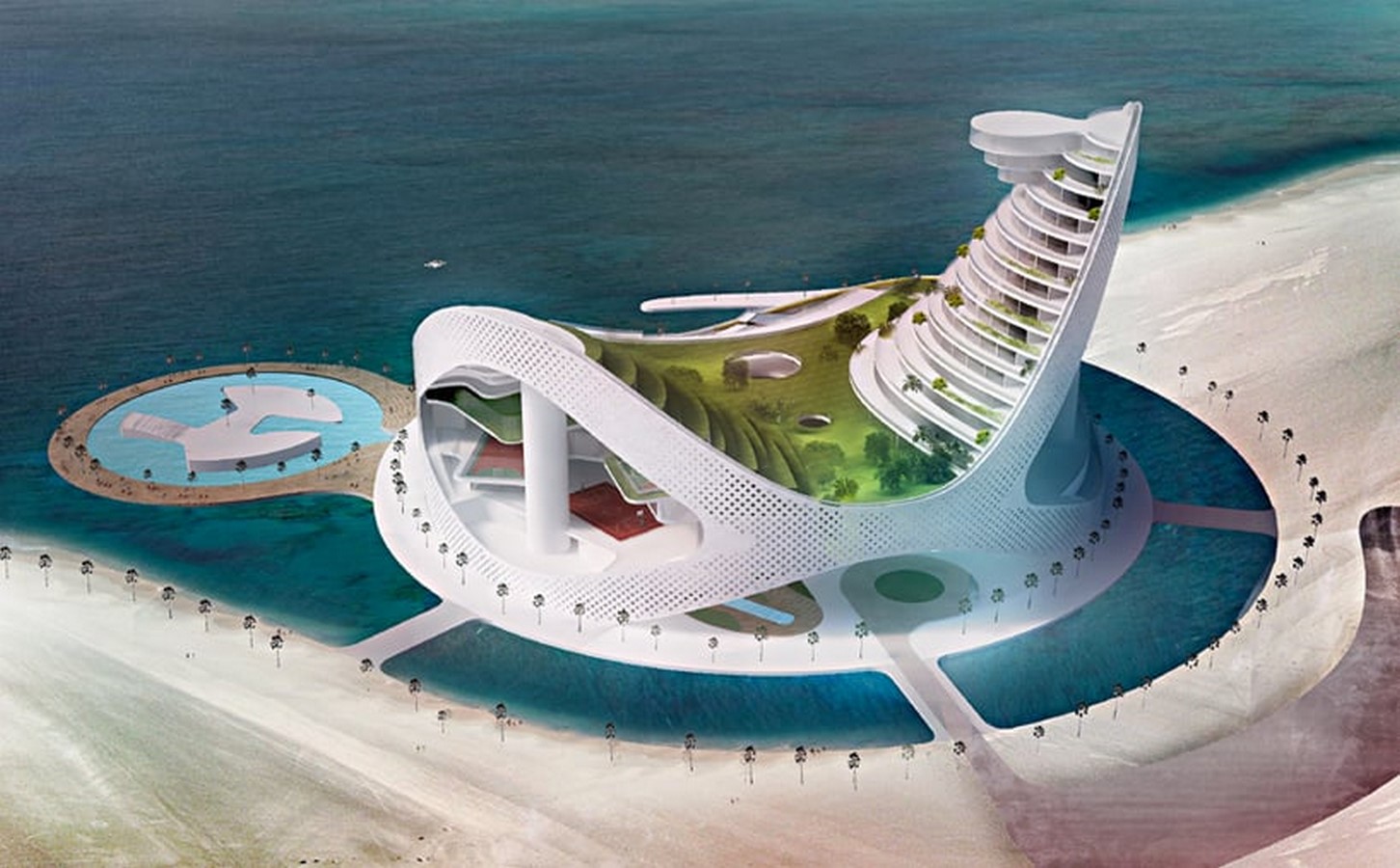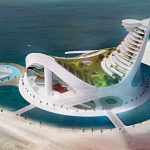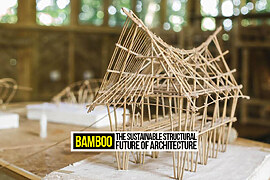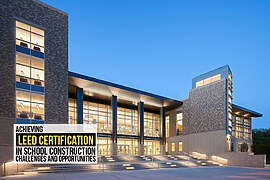The composition is dedicated to analysing the pillars of water architecture factors ensuring the independent operation of the floating structure, such as a complete artificial ecosystem. The central research approach is a regular analysis of the stages of conservation of the full ecological status Cycle product primary products, energy storage, waste recycling, and job control. The analysis of each step is accompanied by what is named erected and abstract layout examples of architectural objects at Water from the World Architectural Bureau. According to the lawsuit, yes required incorporating waterborne product systems resources in each stage. In the goods and water phase providing aeroponics, aquaponics, hydroponics ranches, and desalination shops makes sense Gaining energy on your Facility needs to organise floating solar farms and submarines, pinwheels, and tides. The disposal phase includes the installation of biogas plants, hydro botanical tanks, and waste treatment plants. The fourth element of a complete ecological cycle is intelligent exploitation, the automation of which allows the operation of the entire system independently in each phase. Water resources can also affect transport and logistics processes and protect the microclimate. The materials in this study will be useful for other purposes, practical solutions in eco-sustainable design to the extreme approx.

Brief
Obtaining energy resources within the framework of an autonomous existence is possible thanks to using renewable energy sources. Solar, hydro, and wind energy storage are made possible by incorporating solar panels, wind turbines, and hydroelectric power wind turbines in architectural structures. One of the first floating power plants was built in Brazil in 1978 and used as a cellulose mill and power station. Subsequently, the energy potential of floating structures was investigated They were featured in a series of concept designs by the Japanese company Shimizu. IN In particular, the inhabited structure “Ocean Spiral” project was aimed at research and research Development of Deep Water Resources. A floating solar power plant with 160,000 panels is built in an Area of 86 hectares occupying the area of a shallow artificial lake in Huainan (China). Consequently, floating solar panels generate more electricity by cooling the tank’s surface, reflecting the properties of water and its absence of dust. “Artificial Lilies” The design of the Concept for Glasgow features floating solar panels resembling flower petals on a renewable energy collection. 2014 British architect F. Pauli develops the residential module “Sub-Biosphere 2” to live underwater in the context of a growing world population. Eight balls, “biomes”, connected by waterproof bridges, move and transform along the vertical rails of the differential frame pressure at various depths in power for life support systems” Interview Modular Water Pyramid House “Wayaland” designed by In the architect P. P. Lazzarini supplied solar panels and water turbines placed underneath power supply building. Floating modules are designed for housing and public facilities: hotels, shops, gyms, and cinemas. The size of the main module is 54 x 54m in plan and has 10 floors. Due to the significant potential construction costs (350,000 euros per module as calculated by the project author), initially yes planned to build a smaller two-story module measuring 10 x 10 m Multifunctional surface structure “Manta Ray”, designed by architect V. Callebaut for Seoul Port in 2017, combines the functions of a marine terminal, a city park, and Methane Treatment Plant. A total area of 3500 m2 of photovoltaic modules is located on ul biomorphic roofs and windmills are integrated into the park’s landscape. Scope Project aims to adapt coastal areas to climate change and attract investment In water spaces that provide additional opportunities for urban agriculture and land reclamation. The recycling of waste into energy is possible thanks to the production of biogas solid or liquid household waste recycled. Recycling requires the installation of reactors and sorting points within a multifunctional architectural arrangement. Water is used as the liquid for heating and conducting fermentation reactions. Floating farm project “Smart Floating Farms”. It is designed to be self-sufficient in open water and deliver biogas plants for energy production. In the hydro botanical method, artificial conditions are created for the wastewater, simulating wetlands’ natural self-cleaning ability. The process results from absorbing oxygen dissolved in water by microorganisms’ decomposition of organic substances. This method was used in the title project “Dragonfly” floating skyscraper by V. Callebaut. Pools and ponds for cleaning are arranged in a vertical space frame. The reuse of plastic waste in new buildings can be reduced fees. The walls of the floating pavilion by the award-winning studio No Architects were built with reclaimed wood because of their contribution to the ecological condition of the area and plastic collected in urban areas. Design of a modular floating park named after him in Rotterdam used plastic waste collected from river channels to create a new environment.

References:
- (PDF) aqua-architecture as an autonomous system: Metabolic components … (no date). Available at: https://www.researchgate.net/publication/337734386_Aqua-architecture_as_an_autonomous_system_metabolic_components_of_the_complete_ecological_cycle (Accessed: April 24, 2023).
- publisher, K.A.F. (2019) Academic project: Aqua architecture – water the spirit of architecture, Issuu. Available at: https://issuu.com/kundanikaadkuloo/docs/aqua_architecture_-_4th_yr_dissertation_project_fi (Accessed: April 24, 2023).
- Aqua Tower: Mixed-use high-rise – urbannext (no date). Available at: https://urbannext.net/aqua-tower/ (Accessed: April 24, 2023).














